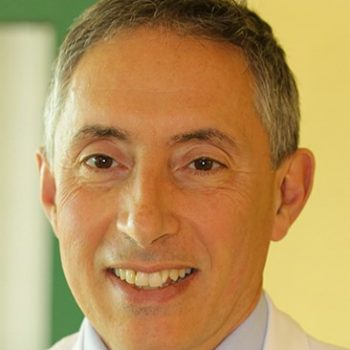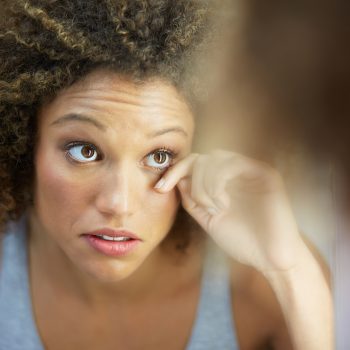According to the American Academy of Ophtalmology, the blue light emitted by computers, smartphones and tablets is not harmful to the eyesight.
The organization that represents the U.S. ophthalmologists has supported him in an official statement that denies an assumption now given as official. The ophthalmologists have therefore denied the evidence reported by a study published in Nature in the Scientific Reports section, according to which blue light from digital devices and ultraviolet rays of sunlight could be very harmful to the eye. We talked about it with Prof. Paolo Vinciguerra, Head of Ophthalmology at Humanitas.
The study of Toledo and its interpretations
It was the University of Toledo that published in recent months the result of a study that stated that continued exposure to blue light could cause the death of some cellular components of the retina. Moreover, according to scholars, blue light could increase the risk of macular degeneration, a disease generally linked to age, which can also lead to loss of vision.
However, what the U.S. ophthalmologists have pointed out is that, although what is reported in the study is accurate and its result more than valid, the experiment does not reproduce what actually happens in the human eye.
The cells tested in the study were in fact not exposed to sunlight. That’s why it would be risky to say that the research is enough to prove that the light of the screens hurts. In short, the Aao experts reassure: the blue light of smartphones, tablets and PCs is not harmful.
La conferma di Humanitas
“La luce blu non danneggia vista – concorda anche Paolo Vinciguerra, responsabile dell’Unità Operativa di Oculistica dell’Humanitas -. L’illuminazione nella banda del blu proveniente da questi apparecchi serve a rendere più visibili e nitide le immagini e il testo, che altrimenti apparirebbero in una luce meno contrastata e di più difficile lettura (di colore giallo), nonché meno gradevole alla vista”.
Il rischio di alterare il ritmo sonno-veglia e la luce giallastra
L’unica eventuale controindicazione della luce blu riguarda invece il rischio di alterare il ritmo sonno-veglia prima di andare a letto: “Questo ritmo – spiega Vinciguerra – è regolato dal colore della luce naturale e l’uso di smartphone, computer e tablet a tarda sera può essere responsabile di un’alterazione, allontanando il sonno”.
Ecco perché è bene impostare l’intonazione giallastra dello schermo che non contrasta il ritmo circadiano che regola il sonno.
I consigli dello specialista per non affaticare gli occhi
Non sono tanto i dispositivi elettronici a far male, quanto la concentrazione prolungata: che che sia davanti allo schermo del nostro pc o davanti a un libro. Questa condizione comporta infatti una diminuzione del numero di volte in cui si ammicca e può rendere l’occhio troppo asciutto.
“È questa concentrazione – ha spiegato Vinciguerra –, può portare ad uno stato irritativo che spesso viene scambiato per stanchezza condizione che a sua volta, se costante e continuativa, nel tempo può contribuire ad una cronicizzazione della condizione patologica”.








